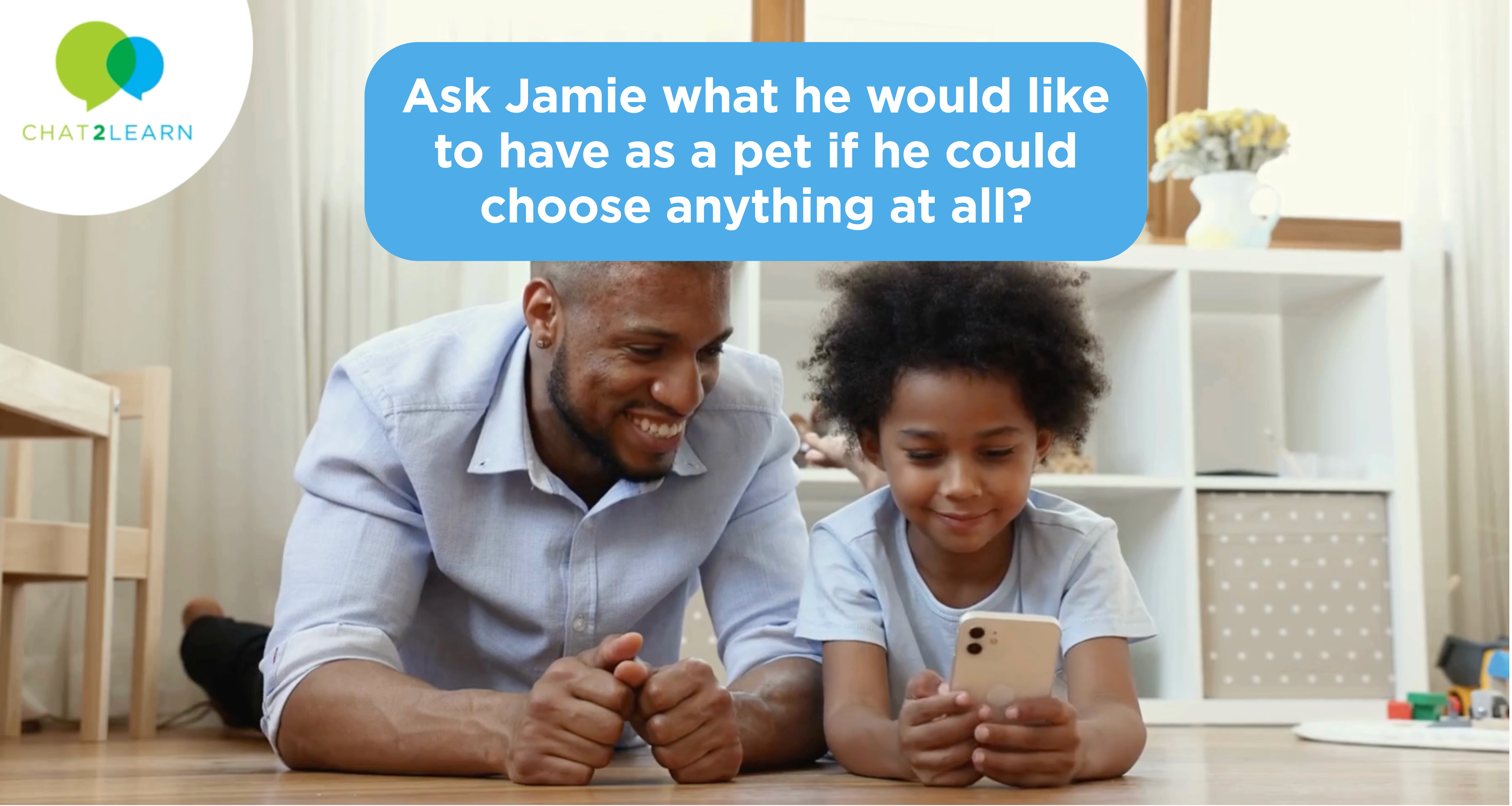The language-rich conversations that parents have with their young children are crucial building blocks for development. Children who hear more diverse vocabulary, complex sentences, and open-ended questions from their parents typically develop stronger language skills that carry into school and beyond. However, families from different socioeconomic backgrounds show significant differences in the amount and quality of parent-child talk, contributing to persistent achievement gaps. Most interventions designed to address these disparities require intensive parent training or coaching, making them difficult to scale and sustain.

This study tests a different approach. Rather than teaching parents why and how to talk with their children, Chat2Learn provides parents with ready-to use conversation starters delivered via text message. Grounded in Cognitive Load Theory, the tool aims to reduce the mental effort parents need to generate engaging topics, especially when managing competing demands of daily life. Each prompt includes open-ended questions about imaginary scenarios paired with simple illustrations to capture children’s attention and spark decontextualized conversations that are particularly beneficial for language development.
Using a randomized laboratory experiment with 63 parent-child dyads from low-income Chicago preschool programs, the authors compare families who had access to Chat2Learn during a 10-minute waiting period with those who did not. Parents were not told the study’s purpose and were simply asked to spend time with their child as they usually would. The researchers analyze video recordings to measure parent engagement patterns and coded all conversations for quantity and quality of language use by both parents and children. They find the following:
- Parents using Chat2Learn spent significantly more time jointly engaged with their children, averaging 92% of the interaction in joint engagement compared to 78% for control families. This improvement was primarily driven by parents spending less time disengaged or withdrawn.
- Chat2Learn enhanced both the quantity and quality of parental language input. Parents in the intervention produced more total words, used more diverse vocabulary, constructed longer and more complex utterances, and asked substantially more open-ended questions compared to control parents.
- The tool also successfully shifted conversations from routine “here and now” topics toward more sophisticated decontextualized discussions about imaginary scenarios, hypothetical situations, and abstract concepts. Parents using Chat2Learn asked an average of 37 open-ended questions during the 10-minute session, far exceeding the 12 questions provided in the prompts themselves.
- These improvements did not translate into immediate increases in children’s language output—children in both the control and intervention groups produced comparable amounts of talk during the brief interaction task. This may be because decontextualized conversations place higher cognitive demands on preschoolers and may require sustained parental support to elicit extended responses from young children.
This proof-of-concept study demonstrates that a simple, scalable intervention can meaningfully improve parent-child language interactions without requiring intensive training. By reducing the cognitive burden of generating conversation topics, Chat2Learn helps parents engage in exactly the types of rich, decontextualized talk that research shows benefits children’s language development. While longer-term studies are needed to assess sustained effects and impacts on children’s language skills, the findings suggest promise for technology-based tools that support parents with concrete conversational resources rather than abstract training in communication strategies.












